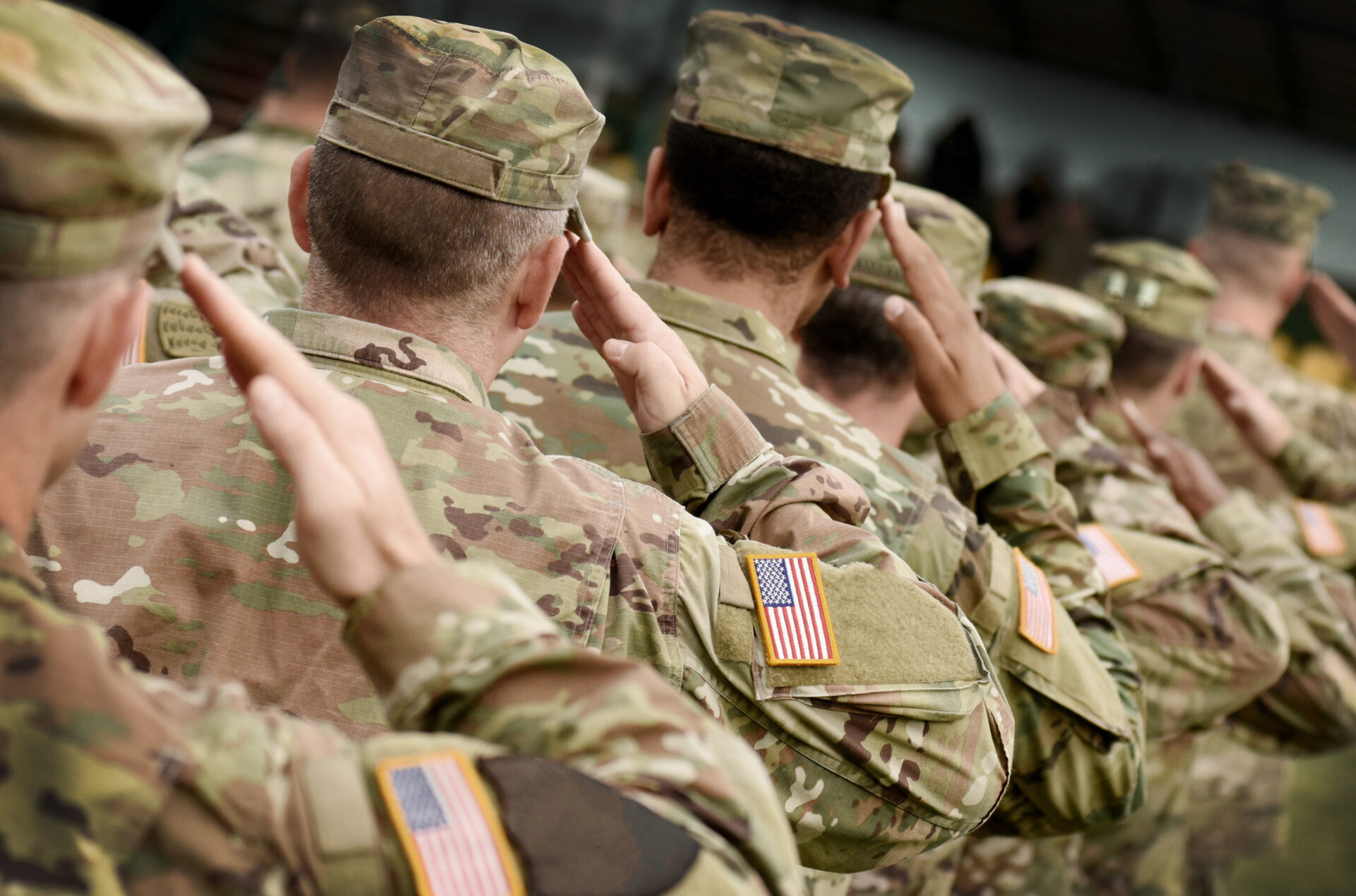The legislation forbids the military from taking them down. Although they thought it may endanger commercial planes, they thought of jamming their signals.
Thus, starting just after dusk and lasting 17 days, the drones completed the tasks they set out to do. Their objective and who they belonged to remain unknown to the Pentagon.
The local police made an effort to assist. Police in Hampton, VA pursued the drones both on foot and in a patrol car. A drone was observed making a landing close to Hope Park in Gosnold. It was also thought that three other drones had touched down there.
Was it a hostile power’s operation to gauge American reactions? Was it a group of youths pulling a practical joke on the world’s most potent military? Was it the other way around?
Wall Street Journal:
“Considering the intricacy of the operation, U.S. officials didn’t think hobbyists were operating the drones. The drones flew in a pattern: smaller quadcopters, about the size of 20-pound commercial drones, traveled slower and frequently hovered below one or two fixed-wing drones hovering over 100 feet in the air. Sometimes, they lingered.”
“Around six o’clock in the evening, they arrived from the north to cross the base, which is situated on a peninsula at the mouth of Chesapeake Bay, and then proceeded south, past the radar’s detection range. They went through the same routine again before vanishing, usually by midnight.”
“The White House brainstorming sessions were called by Elizabeth Sherwood-Randall, advisor on homeland security. One official proposed jamming the drones’ navigation systems using electronic signals. Others warned that it would interfere with Wi-Fi networks and local 911 emergency services.”






